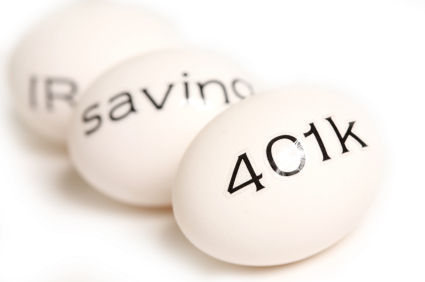FOR IMMEDIATE RELEASE
CONTACT: JAMES LANGE, CPA
OFFICE: 412.521.2732
September 27, 2010 – The President signed a new law, effective immediately, that has an enormous impact on millions of retirement plan owners.
The new law will allow employees to convert all, or a portion, of their traditional 401(k) or 403(b) retirement plan to a Roth 401(k) or Roth 403(b). The law is actually part of the Small Business Jobs and Credit Act which has implications for small businesses, but this little known provision also has a profound impact on employees with these retirement plans who will want to make a Roth conversion.
This bill would allow 401(k), 403(b), and governmental 457(b) employees to convert their pre-tax account balances into Roth designated accounts, which is the official title for a Roth 401(k) or Roth 403(b). A Roth 401(k) or Roth 403(b) will enjoy income tax-free growth for the lives of the plan owner, spouse, children and grandchildren. The amount of the conversion, however, would be considered taxable income. If an employer has an existing 401(k) or 403(b) plan, employees could immediately make the conversion to either a Roth 401(k) or Roth 403(b).
This new legislation will be extremely important to people who are still working and have substantial wealth in their employer retirement plan as it will essentially allow them to convert their traditional 401(k) or 403(b) to a Roth designated account that would still be part of their employer retirement plan. Previously, if an employee’s retirement plan was tied up in a 401(k), they would not have been eligible to make a Roth conversion while they were still working. Now, if employers have Roth designated accounts, employees can make a Roth conversion of whatever amount they wish.
Since tax rates are expected to go up in 2011, at least for upper income taxpayers, it will definitely be to their advantage to make a conversion to a Roth 401(k) or Roth 403(b) in 2010 while they can still pay a lower tax on the conversion.
One strategy that would be highly beneficial for middle income taxpayers who are still employed and have limited access to their retirement plan is that they will be able to make a partial conversion of their 401(k) to a Roth 401(k), since it might be too aggressive for them to convert their entire 401(k) and pay income taxes on that conversion. An even better long-term strategy for this middle income group is a series of multiple, partial conversions over a period of years of the pre-tax dollars in a 401(k) to the Roth designated account in the 401(k). Conversely, if a person is a high income employee or will likely always be in the top tax bracket, they should consider a much more substantial Roth conversion.
Another huge benefit of this law is that these new Roth designated accounts will enjoy excellent creditor protection since, for the most part, 401(k) and other retirement plans are controlled by a federal law called ERISA which offers better creditor protection than ordinary IRAs or even Roth IRAs. A good example of this is OJ Simpson, who is collecting substantial income while he is in jail because the judgments against him could not penetrate the ERISA creditor protection on his retirement plan.
Obviously, the law only covers employees who have access to Roth designated accounts at work, but it would be to an employer’s advantage



